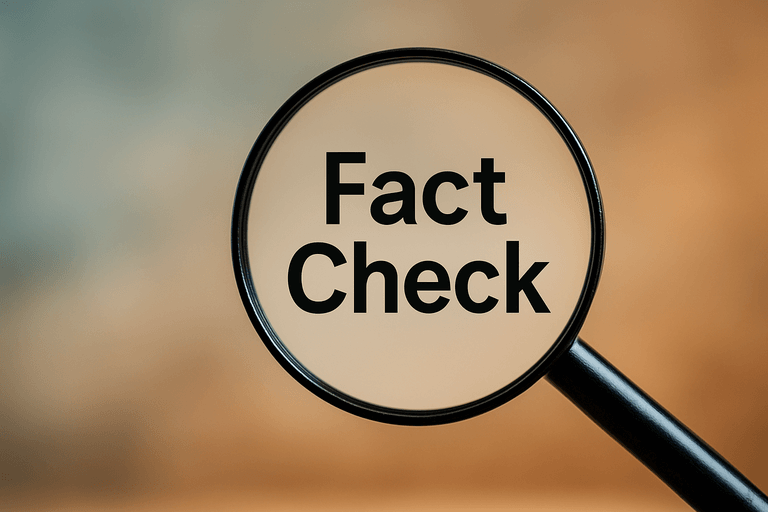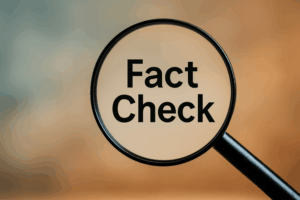
Claim: Some sources have claimed that if iPhone assembly were moved to the United States, the retail price would skyrocket to $3,500 due to higher labor and production costs.
Verdict: False
- While moving iPhone assembly to the US would increase costs, a $3,500 price tag is highly exaggerated and not supported by credible data.
- A more realistic retail price increase would be about $100-$150, resulting in a price of ~$1,300 – $1350 for a model like the iPhone 15 Pro Max (up from $1200).
Breaking Down the Claim
The idea that a US-assembled iPhone would cost $3,500 has circulated in discussions about reshoring manufacturing, trade policies, and tariffs. The claim often assumes that higher US labor costs and other expenses would drastically inflate the price of an iPhone, which currently retails for ~$1,199 (iPhone 15 Pro Max, 256GB).
Let’s examine the facts behind iPhone production costs and what moving assembly to the US would mean.
The Facts
1. India / China Manufacturing Costs:
– The bill of materials (BoM) for an iPhone 15 Pro Max is estimated at ~$558, covering components like chips (from Taiwan), displays (South Korea), and cameras.
– Assembly labor in China, primarily by Foxconn, costs ~$12.50–$30 per unit, or 2–5% of the total manufacturing cost (~$585, including overhead).
– Additional costs (shipping, marketing, R&D, retail operations) bring the total cost per iPhone to ~$740–$820.
– Apple’s gross margin is typically 35–45%, supporting the $1,199 retail price.
2. Impact of US Assembly:
– US labor costs are higher, with wages averaging $20–$30/hour. Assuming ~1–2 hours per iPhone, US assembly labor might cost $20–$60 per unit.
– Additional logistics costs adds $10–$30 per unit.
– Total manufacturing cost with US assembly: ~$593–$630. Including other costs (unchanged by assembly location), the total rises to ~$800–$950.
3. New Retail Price – $1300-$1350
– To maintain a 35–45% margin, Apple would need to set the retail price at ~$1,300–$1,350, assuming all additional costs are passed to consumers.
Why $3,500 is Misleading
- Labor is a Small Fraction: Assembly labor is only 2–5% of the manufacturing cost. Even tripling labor costs adds ~$30–$90, not thousands.
- Global Supply Chain: The BoM (~$558) relies on global suppliers (e.g., TSMC in Taiwan, Samsung in South Korea), unaffected by US assembly. Claims of $3,500 often wrongly assume all components would be US-made at much higher costs.
- Misleading Tariffs: Some may confuse tariffs on imported iPhones (25% adds ~$146 to manufacturing costs) with assembly costs. US assembly avoids tariffs on the final product, though component tariffs could apply.
- Hyperbole on leftist or Democrat leaning media: Exaggerated claims often stem from speculative posts or outdated studies (e.g., a 2011 analysis of fully US-made electronics) amplified for political or clickbait purposes.
Where the Claim Comes From:
The $3,500 figure likely originates from:
- Misinformation: Social media posts or media articles exaggerating US labor costs or assuming a fully US-made iPhone (components + assembly), which is impractical given global supply chains.
- Political Narratives: Discussions about reshoring manufacturing or US-China trade wars may inflate costs to argue against moving production.
- Misinterpretation: Some sources might include Apple’s R&D (~$130/unit) or marketing costs in “production,” inflating estimates, but these costs don’t change with assembly location.
For example, a 2019 claim suggested a fully US-made iPhone could cost $3,000–$4,000, but this assumed domestic production of all components, not just assembly, which isn’t how any global company operates.
Conclusion
The claim that a US-assembled iPhone would cost $3,500 is false and unsupported by economic realities. Moving assembly to the US would increase labor costs by ~$7.50–$45 per unit, with total costs rising to ~$800–$950. To maintain Apple’s 35–45% margin, the retail price might increase to $1,300–$1,600, a far cry from $3,500. Consumers should be skeptical of such claims, especially on platforms like X, where hyperbole can outpace data.
Sources:
- Bill of Materials estimates: Counterpoint Research, TechInsights (2023–2024).
- Labor cost data: Industry reports, US Bureau of Labor Statistics, Chinese wage surveys.
- Apple’s gross margin: Financial reports (2023).
- Tariff and supply chain analysis: Economic studies, trade policy discussions (2019–2024).


